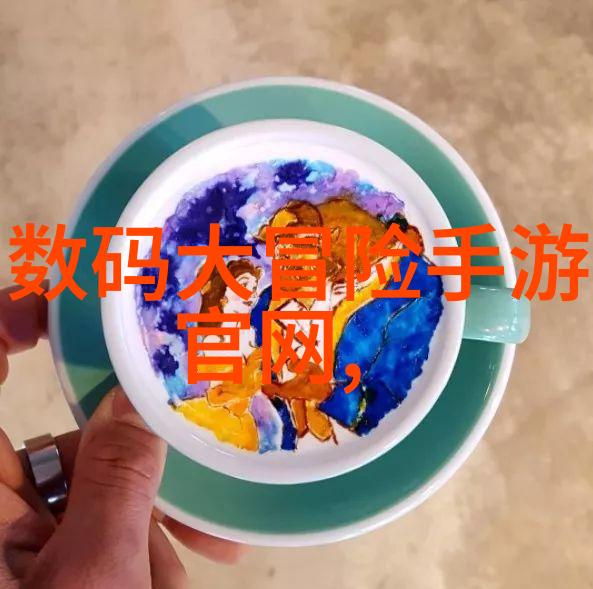栀子花作为一种传统的中国花卉,它不仅在园艺中备受喜爱,也在文化和文学中占有一席之地。它以其鲜艳的黄色、橙色的颜色和独特的形状,在自然界中展现出一幅生动多变的情景。然而,栀子花之所以更加迷人,还有一个不可忽视的方面,那就是它们蕴含着丰富而深远的情感表达,这些情感通过“栀子花花语”得以传递。

爱与忠诚
在中文里,“栀子”这个字本身就包含了“剪刀”的意思,因此人们常用“剪断我心头千丝万缕”的成语来形容无尽忠诚的情谊。这也是为什么当我们提到栀子时,不禁会联想到那份坚贞不渝、如同砥砺前行一般的心灵力量。在古代文学作品中,栀子的形象经常被用来比喻夫妻之间坚固无比的情感纽带,或是朋友间深厚的友谊。

生命力与希望
栀子的名称源自于其果实——种籽,其内含有浓郁的小油珠,每颗籽都承载着新生命和未来的希望。当我们看到这朵金黄色的美丽植物,我们仿佛能听到它对生活充满期待的声音。因此,在一些寓言故事或诗歌中,栀子往往代表着新的开始,以及对于未来光明正大愿景的一种象征。

宁静与孤独
有时候,当我们的世界变得喧嚣甚至沉重时,人们也许会寻找一种宁静之所,这便是那些高洁独立的大型植株给予我们的安慰。在自然界中的某些场合,比如山野或湖畔,那些随风摇曳、散发出淡雅香气的小小棘球,更像是天然赐予人类的一份宁静礼物,让人能够暂时忘却尘世烦恼,与大自然融为一体。

春意盎然
春季是许多植物繁华的时候,而在其中,-stacke-leafed species, or "Golden Needle" plants, are particularly striking for their delicate yellow-green foliage and the way they seem to glow in the spring sun. As these flowers bloom, they release a sweet fragrance that attracts pollinators like bees and butterflies.

文化价值
除了这些直接联系到的情感意义外,stacks of flowers also hold cultural significance in Chinese culture; they're often used in traditional festivals and celebrations such as weddings, where they symbolize love and devotion between couples.
科学研究
Another interesting aspect of zinnias is their use in scientific research: because of their diverse range of colors and shapes (including many different types with single-petaled flowers), scientists can study how specific genes influence plant development.
In conclusion, the language of zinnias is richly layered with meaning—whether it's conveying deep emotions through poetic imagery or reflecting our hopes for new beginnings—and serves as a reminder that even within nature there lies a world full of stories waiting to be explored